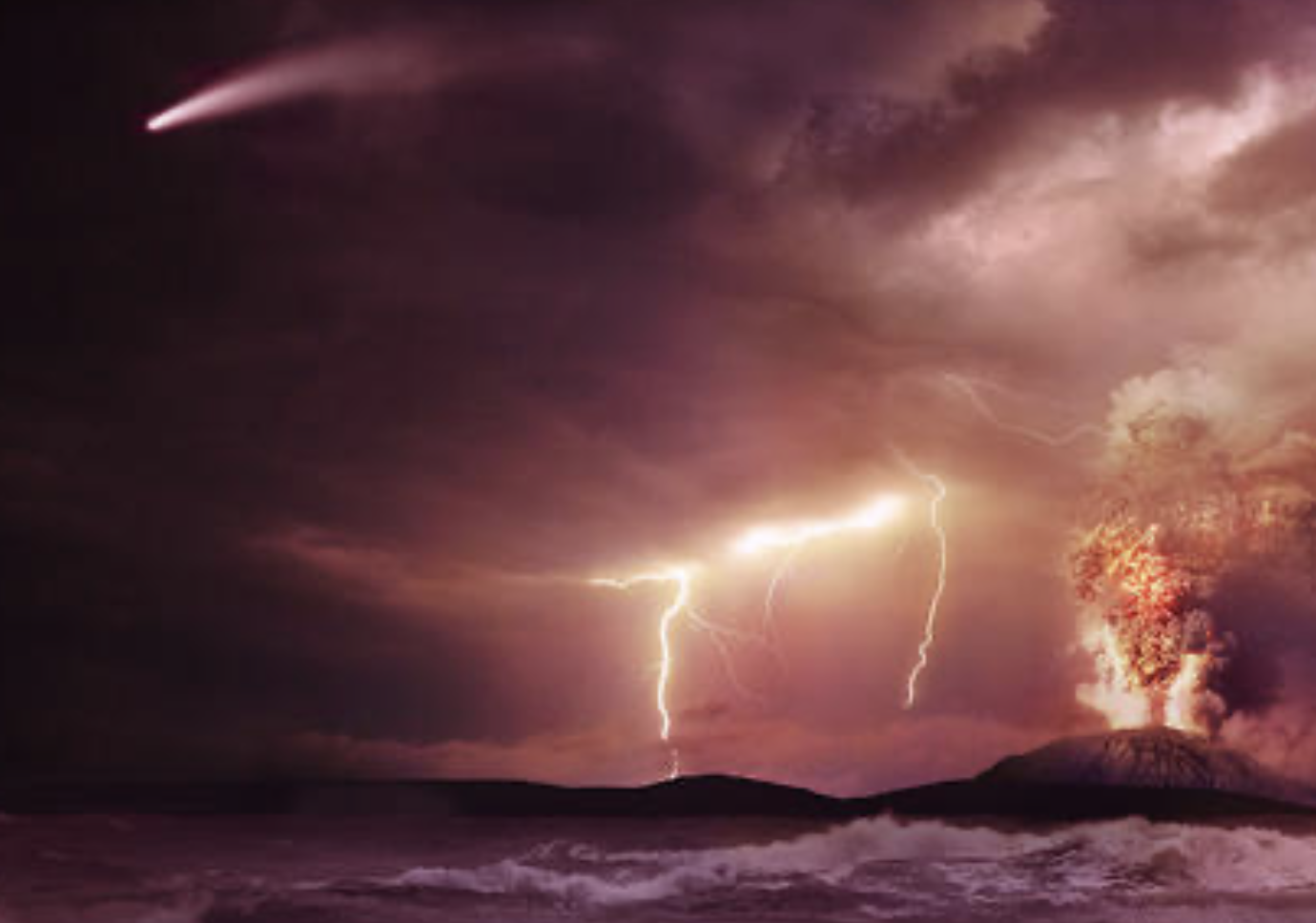Just take a quick look at the catalog of 5,500 discovered and confirmed planets orbiting stars other than the Sun. There we will find equivalents of all the planets of the solar system, but also planets belonging to little-known classes of hot Jupiters, giant Jupiters, sub-planets, super-Earths, watery planets, or planets constantly flowing with magma.
Read also: Oceanic exoplanets were supposed to be perfect for life. The greenhouse effect is killing them
Astronomers point out that this catalog could also include planets that from space look like giant eyeballs — but are planetary in size.
Unlike appearances, their presence and appearance are relatively easy to explain. It results from tidal locking, a common process in the universe. We don't have to wonder what this process actually looks like. Just look towards the moon in our sky. It is also tidally locked, so it completes one revolution on its axis in about the same time it takes to complete one orbit around Earth. As a result, the Moon always faces the same side toward the Earth. If there was life on the other part of the moon, despite its apparent proximity (only 370 thousand kilometers), this life would never see Earth.
We are lucky that the Earth is not tidally locked to the Sun in this way. Thanks to this, we have a day and night cycle on Earth.
However, let's imagine a planet connected to its parent star in the same way that Earth's moon is connected. It is easy to imagine such a planet. If one side was constantly facing the star, half of its surface would be perpetual day, and the other half would be perpetual night. It can be assumed that the conditions on the day side of the planet will be completely different from the conditions on the side hidden in eternal darkness.
Of course, an additional factor that determines a planet's appearance is the planet's distance from the star and the star's temperature. We can assume several different possibilities here. If the planet is close to its star, the radiation can vaporize all the water on the day side of the planet. Then on the day side we just have the desert, and on the night side there is an ice crust. At first glance, such a planet does not seem overly friendly. However, scientists point out that in the twilight zone, between these areas, there could be an area favorable for the emergence of life. The star will provide enough heat there, a Limits of melting ice crust to water supply. In such an area there may be good enough conditions, for example, for plants. We can call such a planet a hot eyeball. However, this is not what we are looking for yet.
A planet of this type that is a little further away from its parent star would be more interesting. In such a case, we would still have an ice crust on the night side of the planet, but on the day side we would be dealing with an ocean of liquid water. Of course, such an environment can be a friend of life, but that is not what is important here. The fact is that from space, a planet of this type would look like a bright eyeball surrounded by the edge of an ice cap.
Read also: Here is a picture of a new exoplanet. It was discovered using a completely new method

It is worth noting here that the two models mentioned above are only two extreme cases. In fact, there may be more eyeballs. After all, it is necessary to take into account all the intermediate phases, which on the day side, for example, in addition to the ocean, there will also be land. You have to take into account the possibility of various clouds, different types and densities of the atmosphere, winds blowing from one side of the planet to the other and many other factors of this kind.
However, all this does not change the fact that many planets with aspects of eternal day and eternal night have already been discovered. It's only a matter of time before an eyeball is discovered and perhaps one day photographed in space.

Echo Richards embodies a personality that is a delightful contradiction: a humble musicaholic who never brags about her expansive knowledge of both classic and contemporary tunes. Infuriatingly modest, one would never know from a mere conversation how deeply entrenched she is in the world of music. This passion seamlessly translates into her problem-solving skills, with Echo often drawing inspiration from melodies and rhythms. A voracious reader, she dives deep into literature, using stories to influence her own hardcore writing. Her spirited advocacy for alcohol isn’t about mere indulgence, but about celebrating life’s poignant moments.











